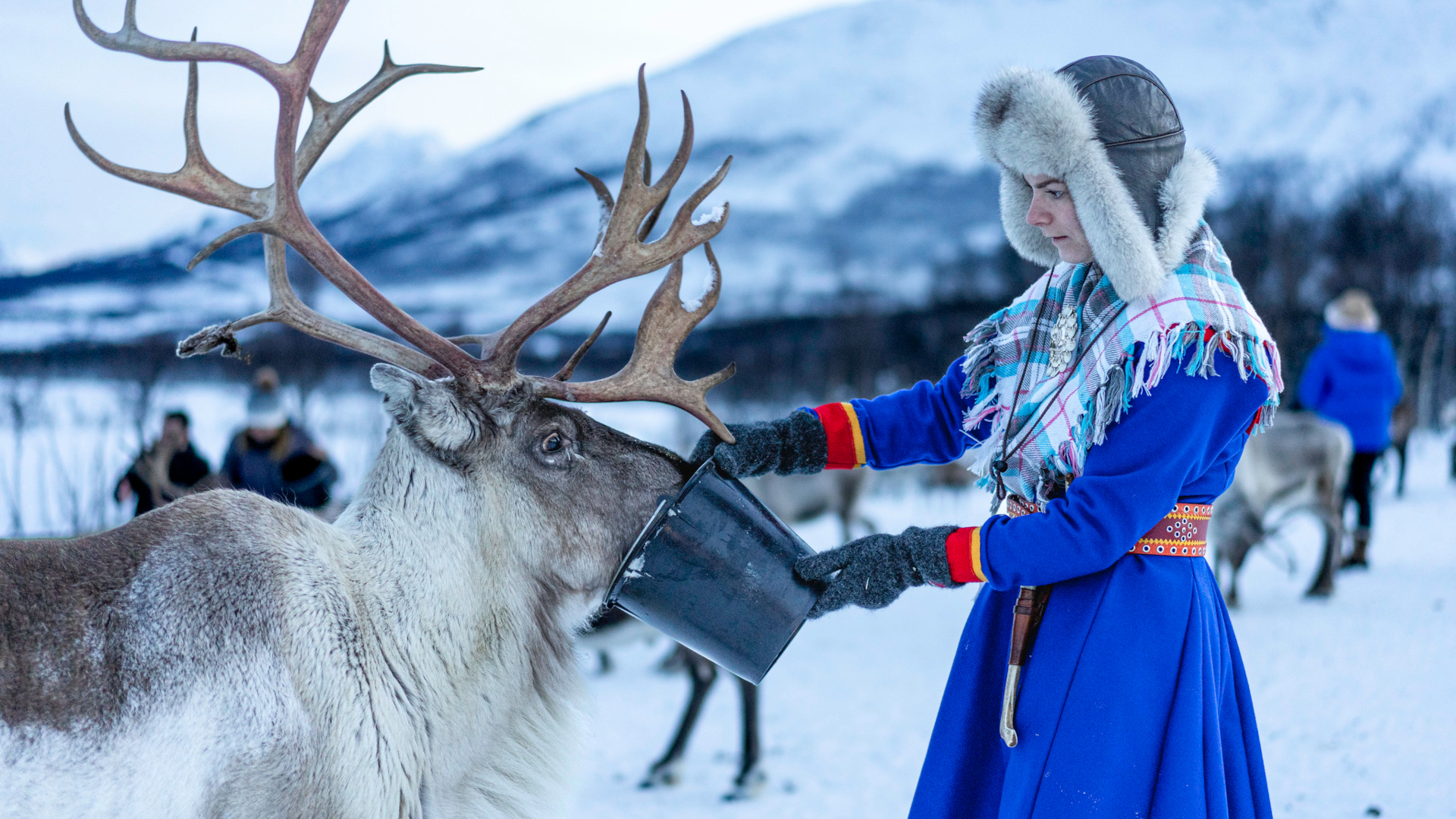
TOP STORIES

Sign up to get The Revelator’s weekly newsletter

HEADLINES

ABOUT
 The Revelator, an environmental news and commentary initiative of the Center for Biological Diversity, provides editorially independent reporting, analysis and stories at the intersection of politics, conservation, art, culture, endangered species, climate change, economics and the future of wild species, wild places and the planet.
The Revelator, an environmental news and commentary initiative of the Center for Biological Diversity, provides editorially independent reporting, analysis and stories at the intersection of politics, conservation, art, culture, endangered species, climate change, economics and the future of wild species, wild places and the planet.
MOST READ














